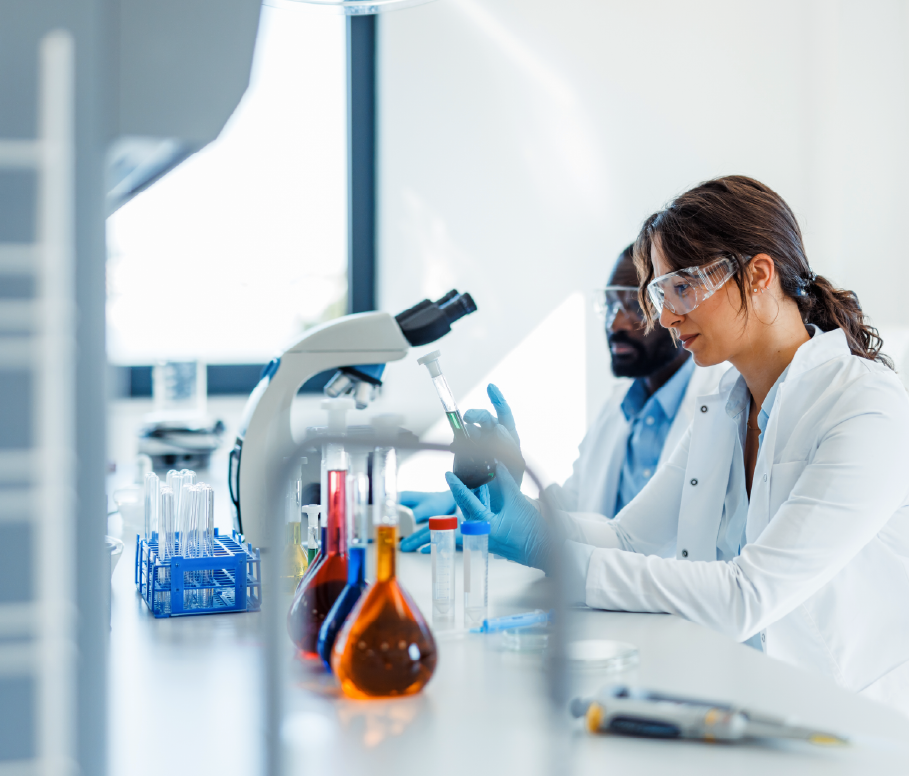Patents and other intellectual property (IP) help ensure that the challenging and risky work that innovators carry out to bring breakthrough products and processes to market around the world is adequately protected and rewarded. Effective IP protection and enforcement gives inventors the confidence they need to license their inventions to others when there is a business need to do so.
Patent licensing has been the subject of much discussion lately, as the world races to develop and plan for the mananufacturing and distribution of safe and effective treatments and vaccines to quell the spread of COVID-19. Which raises the questions: what actually is patent licensing? And how is it utilized across both the biopharmaceutical sector and innovative industries more broadly? We’re taking a closer look in this blog post.
What is patent licensing?
Generally speaking, patent licensing refers to a voluntary and revocable contractual agreement – or license – between a patent holder and a third party. Typically, the patent holder will agree to transfer certain rights of the patent to the third party for a defined period of time. During that time, the third party may make, use and/or sell the patented product. The third party can profit from the IP during the license term. In exchange, the patent holder may receive a royalty from the third party.
Patent licensing is not an indicator of innovation. It is not necessary to conceive, manufacture or distribute a new invention. But licensing often plays a role in developing and bringing valuable new inventions to market across nearly every advanced sector of the global economy. It can enable the transfer of technology, support meaningful partnerships and improve the scalability of a product or process
The practice of patent licensing is more common or applicable in some IP-intensive industries than others. For instance, patent licensing is frequently seen across information and consumer technology industries, where companies license specific products and technologies for royalties rather than with intent to manufacture or distribute the innovations to make money. Stanford University, for example, licensed its PageRank technology—an algorithm that produces better web searches—to Google in 1996.
Voluntary patent licensing and enforceable IP protections support collaboration to beat COVID-19.
What role should governments play in supporting patent licensing?
As the world grapples with COVID-19, some governments have proposed unnecessary new global institutions and mechanisms to manage patent licensing. But there is no evidence that IP has been or will be an impediment to the research, development and testing of potential COVID-19 treatments and vaccines or to the many research partnerships underway between companies and institutions around the world.
Relying on strong IP protections, biopharmaceutical innovators are collaborating with governments, foundations and universities to quickly research, develop and test potential COVID-19 treatments and vaccines. According to BioCentury, there are hundreds of potential treatments and vaccines in development. Biopharmaceutical companies have committed publicly and are already working closely with governments and others to ensure that when new treatments and vaccines are approved, they will be available and affordable to all who need them.
A few governments have even proposed forcing inventors to abandon technologies for the prevention and treatment of COVID 19 – a drastic action known as compulsory licensing. Compulsory licensing allows a company or government to use the rights of an innovator’s patent without permission from the patent holder.
In the context of the global coronavirus crisis, compulsory licensing would threaten the critical biopharmaceutical innovation currently underway by putting protections and incentives at risk. It would undermine the very systems that have provided us with the deep and important biomedical foundation that has enabled researchers to innovate in response to COVID-19 at unprecedented speeds.
Fortunately, there are better ways to promote innovation and collaboration. Governments around the world should promote and maintain effective intellectual property systems. Inventors are more likely to license technologies when they know their intellectual property can be protected and enforced.
Rather than focusing on measures to reinvent the intellectual property system, governments and industry should work together to address the true and pressing challenges to rapidly developing, testing and distributing approved COVID-19 treatments and vaccines to patients, including regulatory approval delays and unnecessary supply chain barriers like export bans, excessive stockpiling or allocation requirements, taxes and tariffs.


